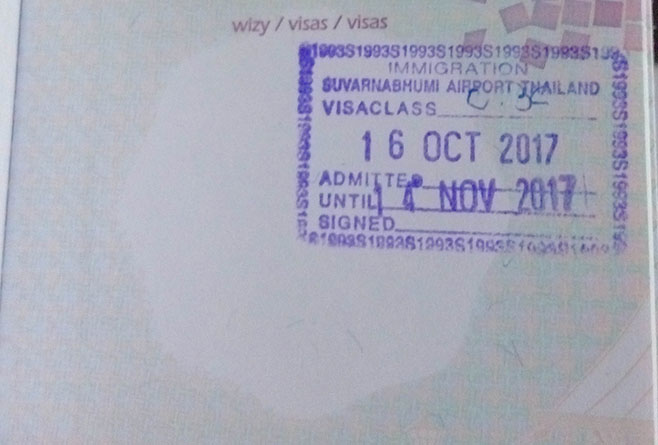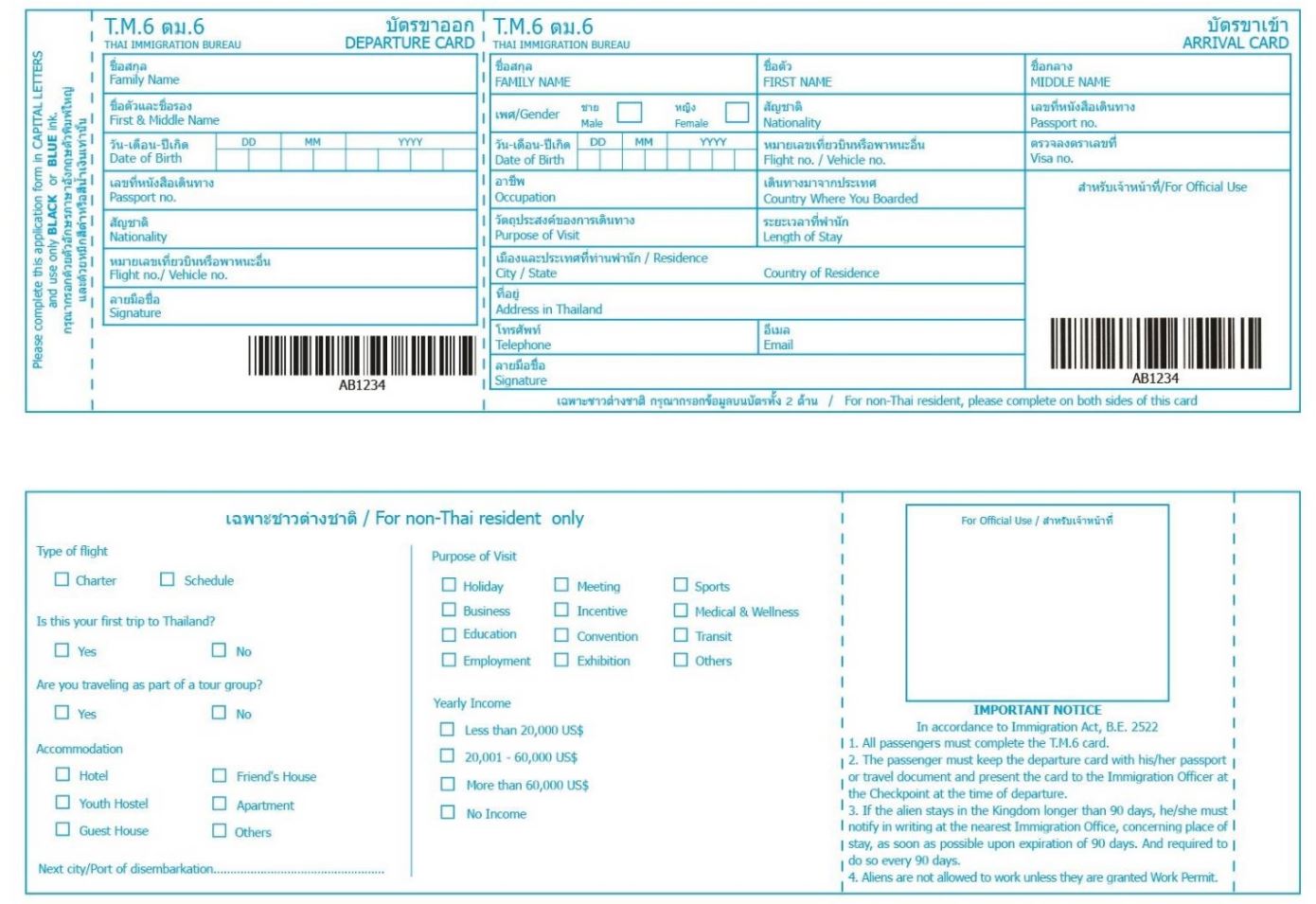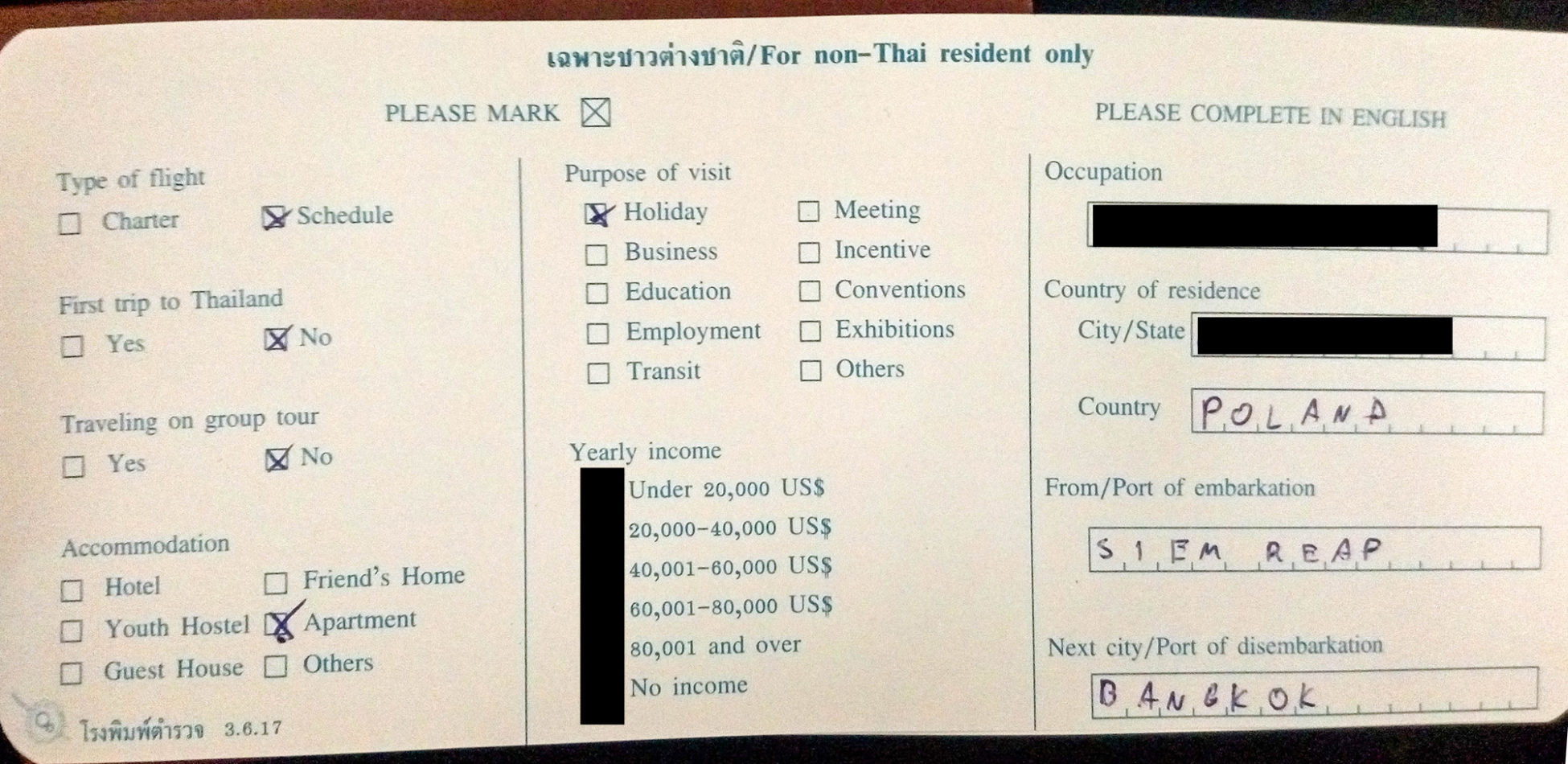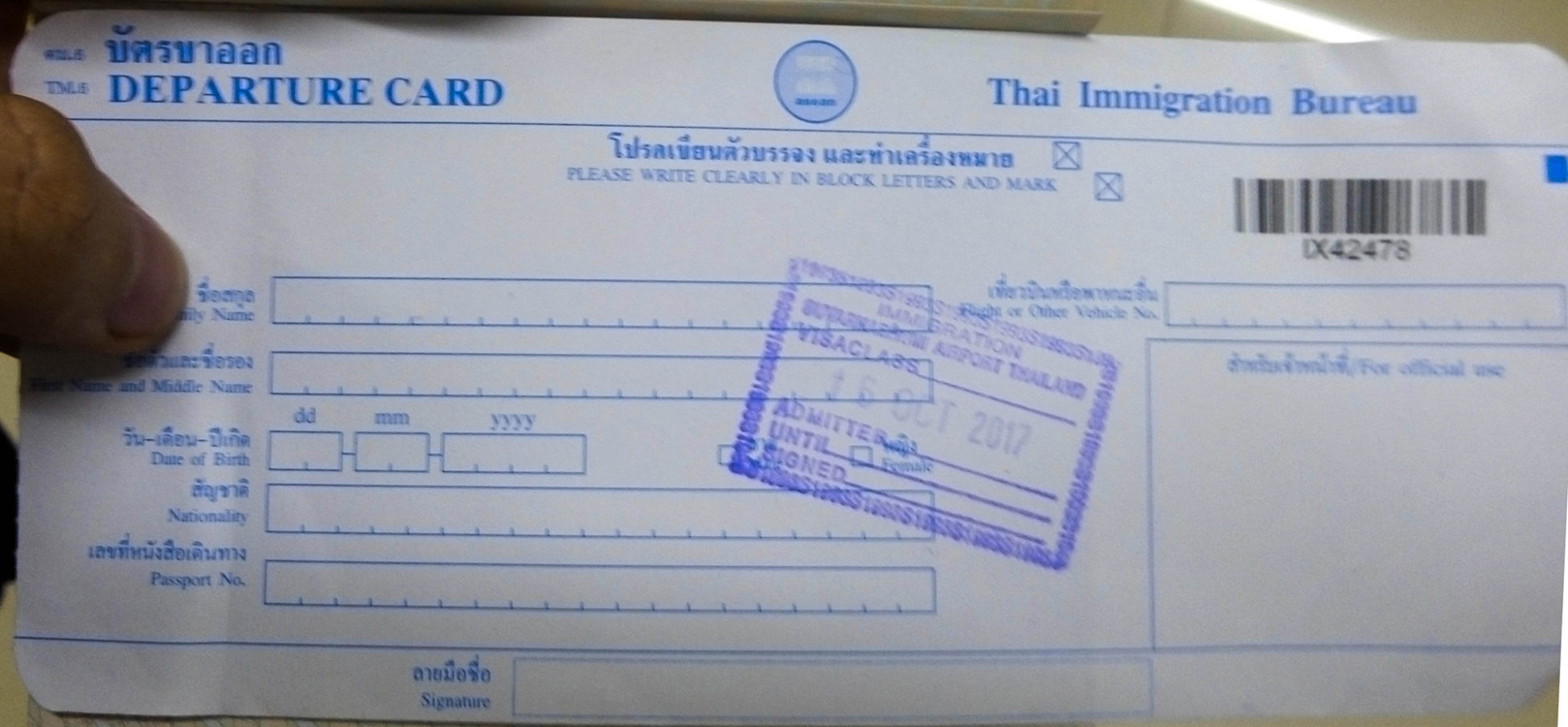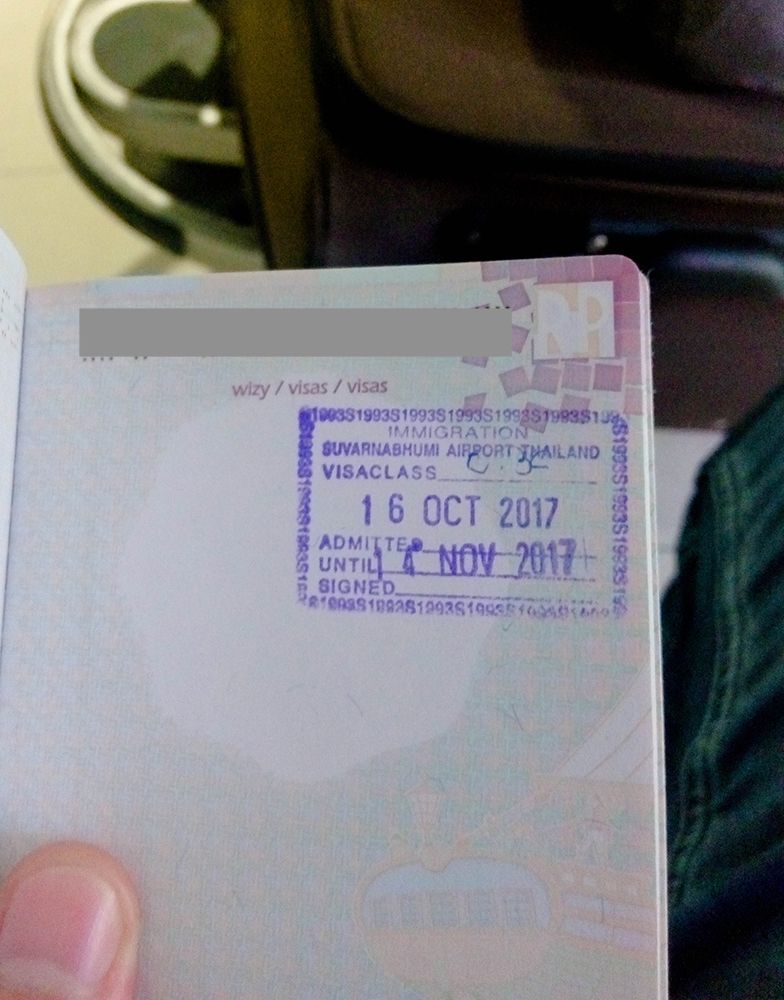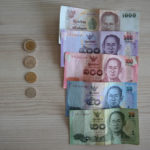From January 1, 2018. Immigration cards have a new pattern. In fact, only the placement of the fields and the appearance of the card changed.
General Information
Every person entering Thailand must complete a form with data collected by officials.
If you do not have a visa then you will be allowed to stay in Thailand for:
- 30 days in case you are crossing the airport border
- 15 days when you cross the border by land
Additional conditions that need to be met, but they are not often checked, rather randomly:
- Having 10,000 THB (or equivalent in other currency) for one person or 20,000 THB for a family if you travel in more people
- A concrete border crossing can be crossed only twice in a year. (I personally crossed the border at DMK airport 3 times within 1 month). I’ve heard about cases where people were not allowed into Thailand because of this.
Each entry is treated individually, so if we stay in Thai territory for 29 days, we can leave for one day and after returning again we will get permission for 30 days.
For exceeding the allowed number of days stay 500THB fined for each additional day of stay.
A new model of immigration cards
The previous look of immigration cards
On the first page, we fill in information identifying us:
- Surname
- Firstname
- Nationality
- Passport No.
- Gender
- Birthdate
- The address at which we will be staying after landing (Enter the address of the hotel / apartment on AirBnB / address from CouchSurfing)
- Flight No.
The other side is filled not by Thailand residents, so probably all of us. This is a simple survey that is only informative.
- Type of Flight
- Is this our first visit to Thailand?
- Do we travel with a group / Do we participate in an organized trip?
- Type of accommodation
- Purpose of Visit
- Yearly income
- Occupation
- Country of Residence
- Porto of Embarkation
- The place where we are going to go AFTER LEAVING Thailand (the picture is a mistake). For example, if we do not intend to visit another country during the trip
Departure Card
In the previous version of the immigration cards it was a separate card, now it is a fragment from the Arrival Card. After successful passport clearance, the officer places a stamp on the border crossing and the date to which we should leave the country. We must have it when leaving the country and we give it together with a passport.
We get a stamp with the date of entry into the passport. On departure, the departure date will be appended.
I hope that this short description will be useful when traveling to Thailand. I invite you to read the other entries in the series.
https://codeandtravels.com/en/adventure/thailand-first-steps/
See more
More post from my travel through South East Asia

